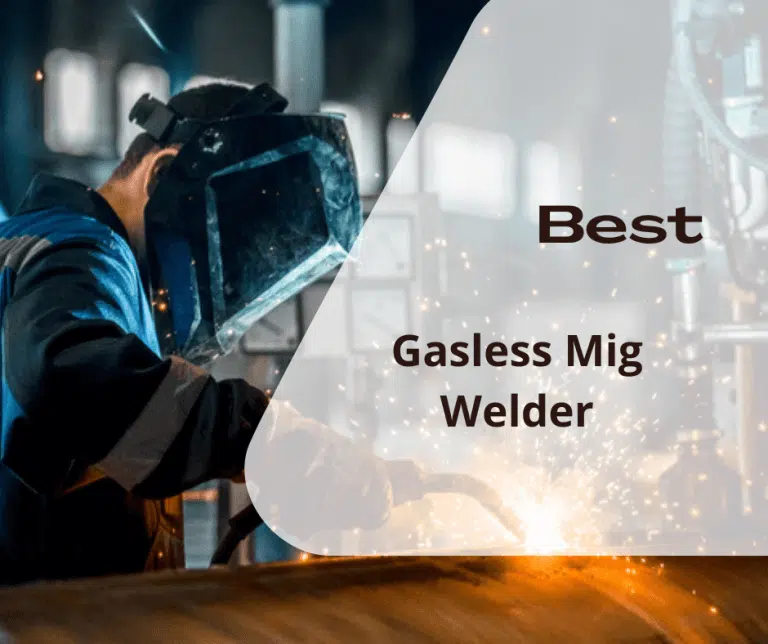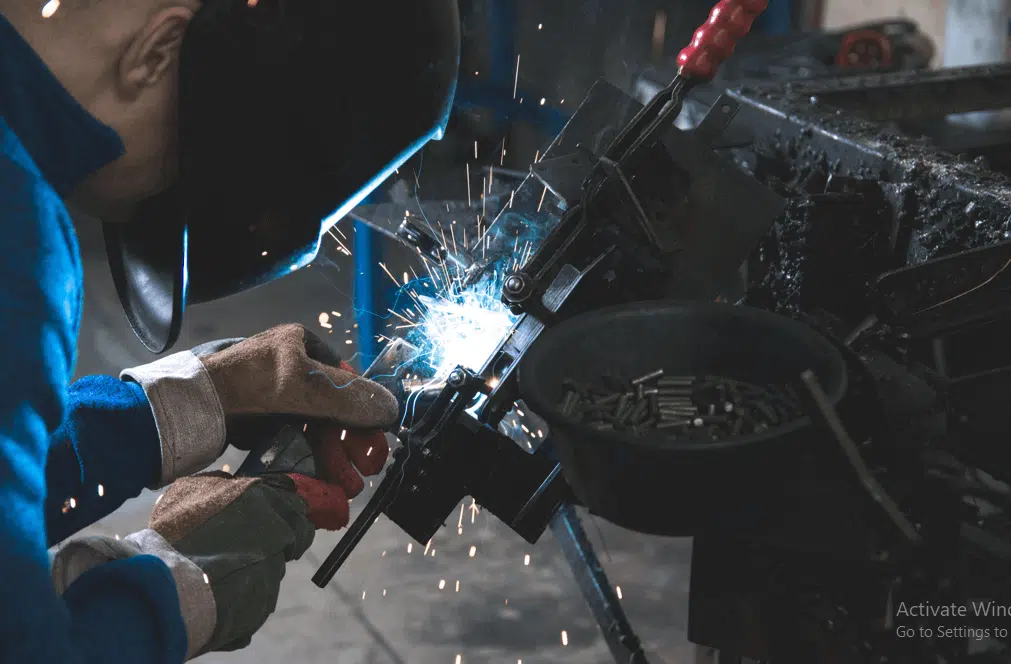

A gasless MIG welder, also known as a flux-cored arc welder, is a distinct and versatile tool in the world of welding. It operates without external shielding gas, a significant departure from traditional MIG welding. This type of welder uses a special flux-cored wire that, when heated, produces its own gas shield to protect the weld pool from atmospheric contamination. This feature makes the gasless MIG welder particularly suited for outdoor applications or in windy conditions where gas shielding would be ineffective. The absence of a need for gas tanks enhances portability. It simplifies the setup, making it a popular choice for DIY enthusiasts and hobbyists in situations where carrying gas cylinders is impractical. However, it’s important to note that this method produces more smoke and requires cleaning slag off the weld, which is a consideration for the working environment and post-weld cleanup.
A gasless MIG welder, also known as a flux-cored arc welder, is a welding machine that does not require external shielding gas. Instead, it uses a special type called flux-cored wire, which releases its own gas as it burns, creating a shield around the weld to protect it from contamination.
Here’s an introduction to gasless MIG welders:
Gasless MIG welders are a practical choice for those who need a simple, portable solution for welding, especially in outdoor or variable conditions. However, a traditional gas MIG welder might be more suitable for more refined or indoor welding.
SIMDER MIG Welder 250 Gas Gasless MIG Welding Machine – a 4-in-1 IGBT Inverter Welder that can handle 110V and 220V flux core welding, MIG, MAG, TIG, and ARC.
Gasless MIG welders use flux-cored wire instead of the more common gas, an innovative and multipurpose addition to any welder’s toolbox. In the face of gas’s impracticality, these welders prioritize mobility, efficiency, and user-friendliness. Their ability to create their own gas barrier while welding makes them ideal for use in windy or outdoor settings. Although they make welding easier in some ways, they also have their own concerns, such as the fact that they produce slag and smoke. While gasless MIG welders may have certain limits regarding finishing quality and material diversity, they are ideal for hobbyists, DIY enthusiasts, and anyone operating in remote places because of their simplicity and functionality. They are well-liked for certain welding tasks due to their affordability and user-friendliness.
Pros
Cons
In summary, gasless MIG welders are a convenient and cost-effective option for outdoor welding and for users who prefer a simpler setup. However, traditional gas MIG welders might be a better choice for projects that require a cleaner finish, less post-weld cleanup, or involve a variety of metals.
In conclusion, gasless MIG welders represent a significant advancement in welding technology, offering remarkable flexibility and convenience. Their portability and ease of use make them an excellent choice for many users, from professionals working in challenging outdoor environments to hobbyists and DIY enthusiasts tackling projects at home. While they may only be suitable for some welding tasks, especially those requiring a high-quality finish or a variety of metals, they excel in situations where traditional gas welders fall short. The trade-offs, such as dealing with slag and smoke, are often outweighed by the benefits of not requiring gas, being cost-effective, and being easy to set up and use. As with any tool, the key is understanding its capabilities and limitations, ensuring it is used in contexts where its advantages can be fully realized.
Check Out My Reviews On The 10 Best Mig Welder.
Disclaimer:
Our website, www.migweldercart.com, participates in the Amazon Services LLC Associates Program. As an Amazon Associate, we collect commissions on qualifying purchases, but our readers have no difference in price. Our website’s products, brands, trademarks, and pictures belong to their respective owners.